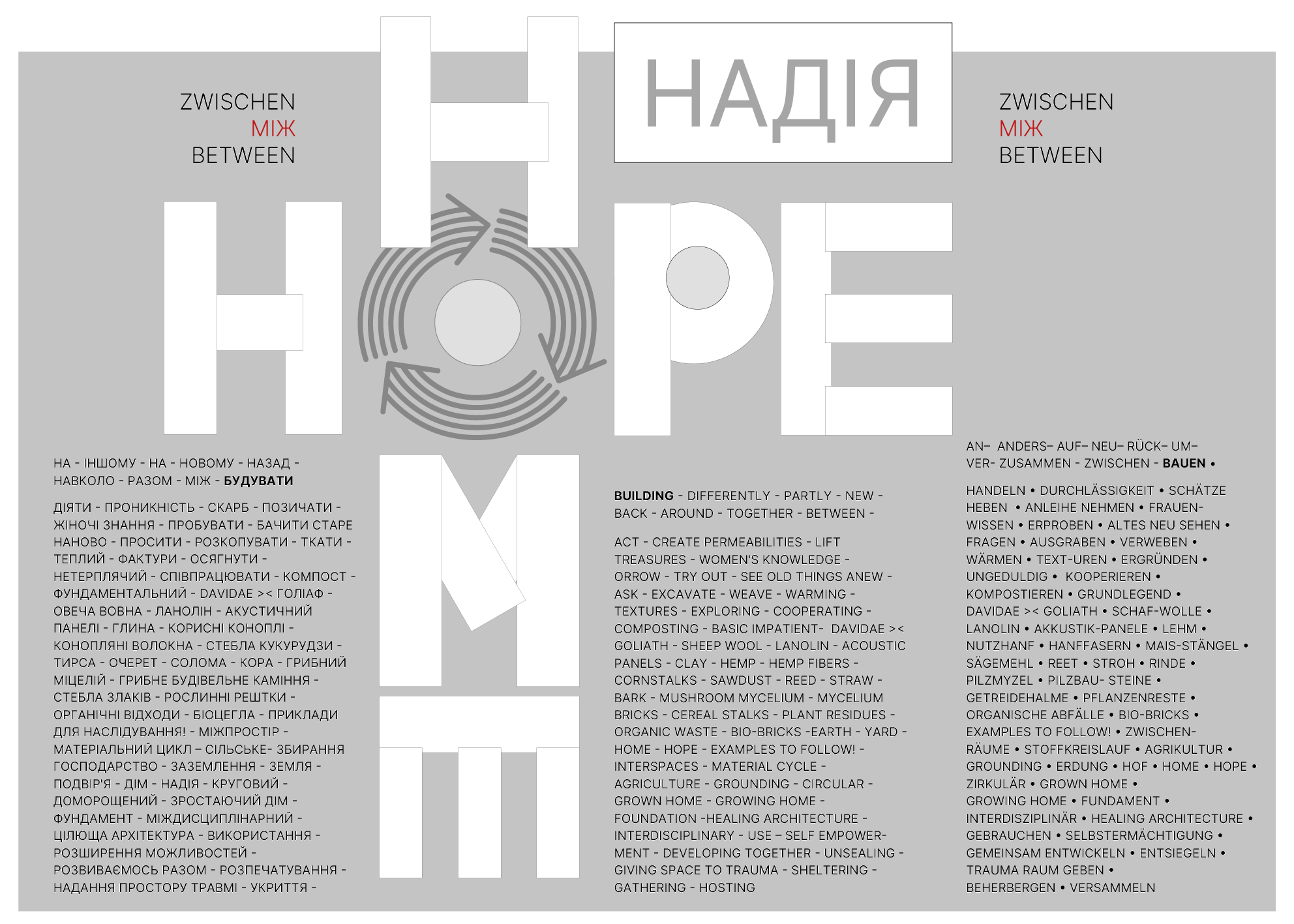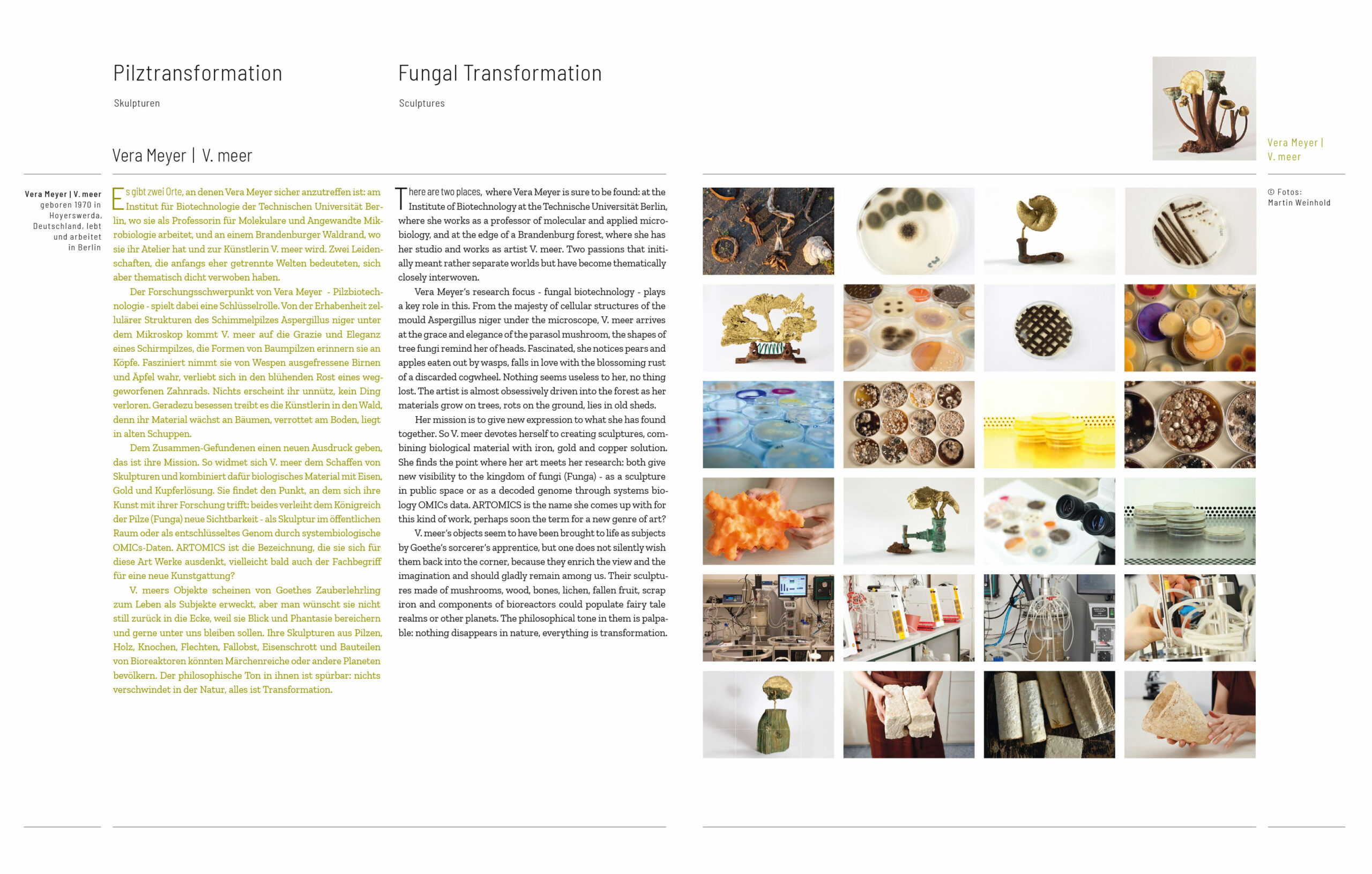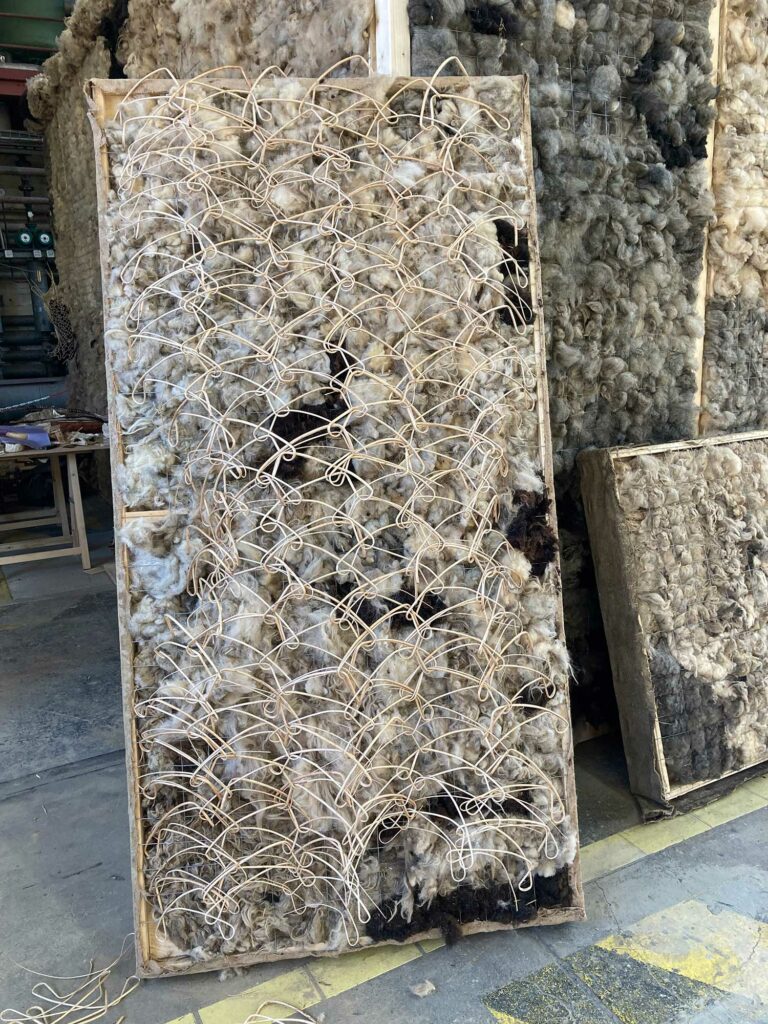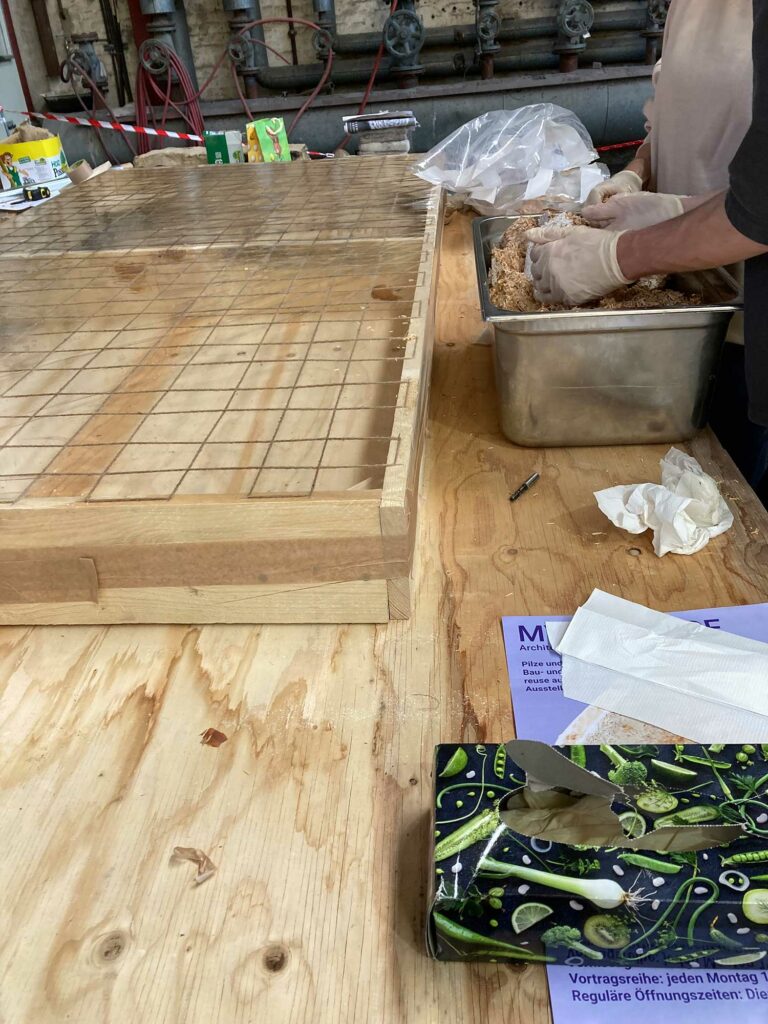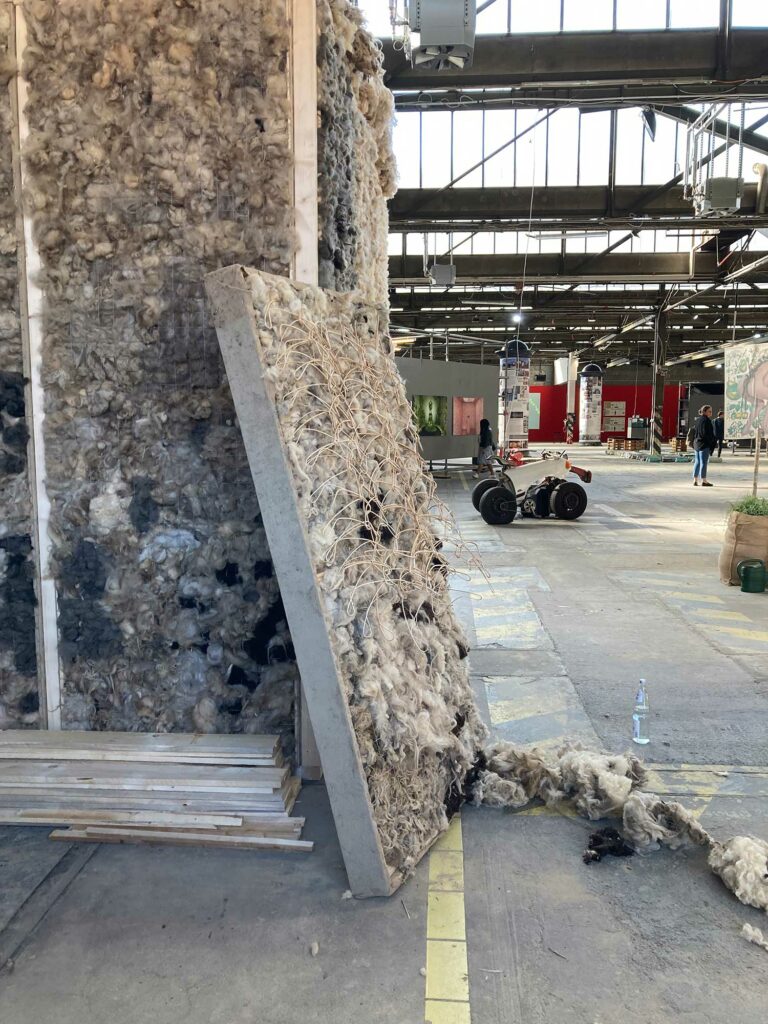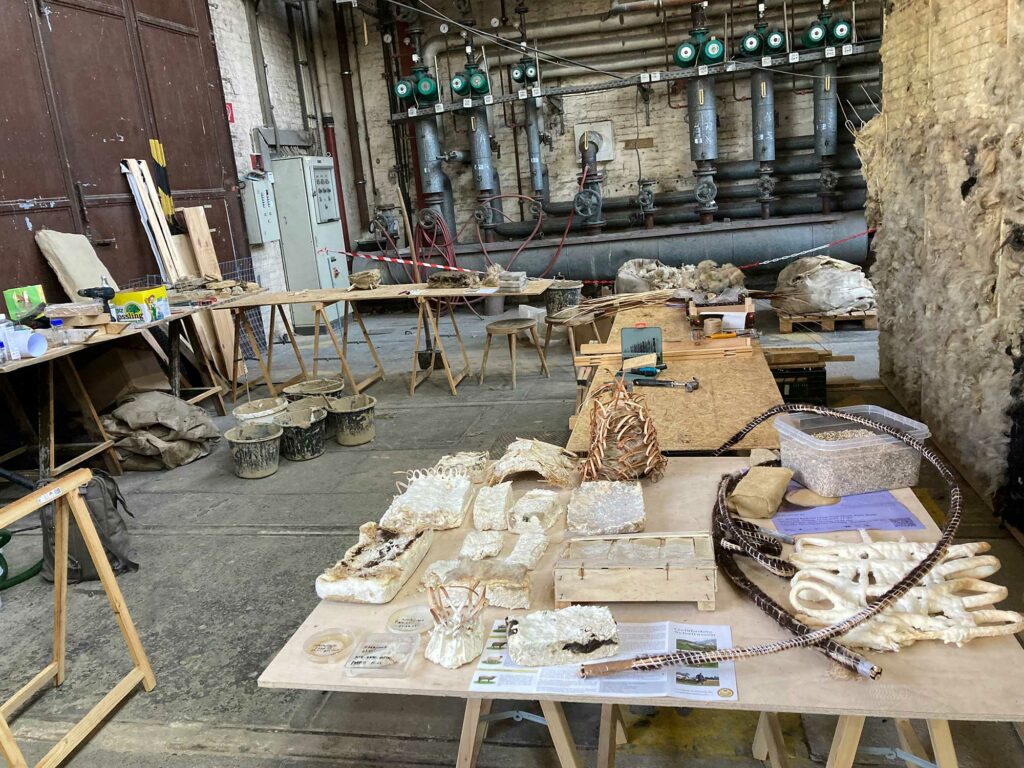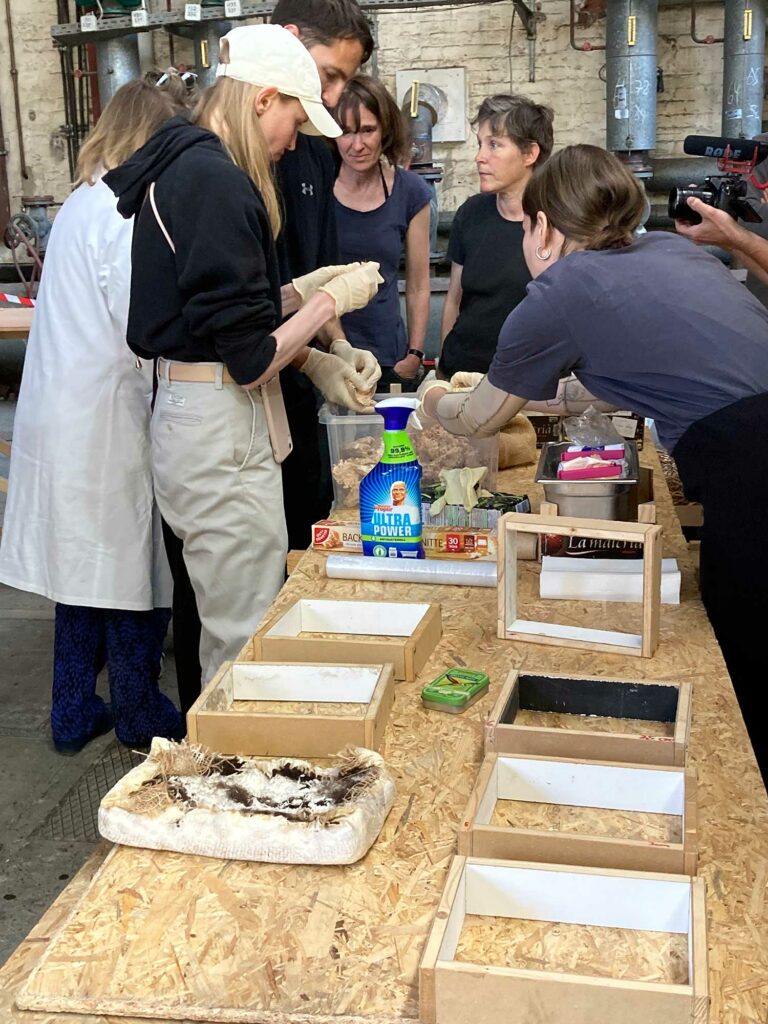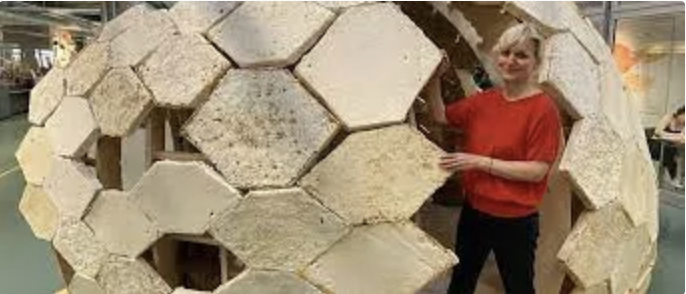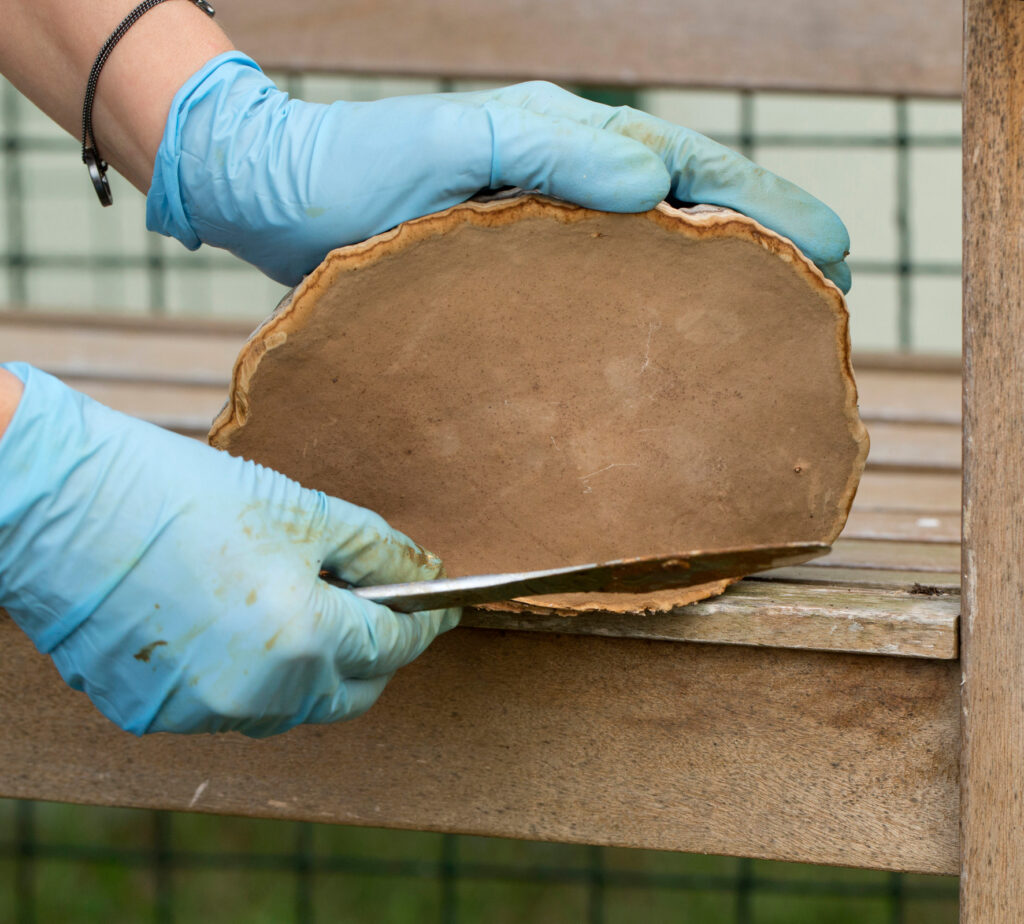- Biological systems are adaptable, live, breathe and regenerate themselves
- Building materials such as insulation foam are harmful to the environment and do not rot for hundreds of years Mushrooms can be used for this very function
- The mushroom bricks are made from the roots of common tree fungi from the forest, such as the tinder fungus or the shiny lacquer fungus.
- Organic waste from the agricultural and wood industries such as straw, hemp fibers, corn stalks and sawdust are also required. They act as a substrate, are mixed with the mycelia and a nutrient solution and filled into special containers such as hollow bricks.
- Fungi, whose filamentous network can spread underground over immense areas, are a kind of waste disposal in nature, masters of the decomposition of biomass, but also masters of synthesis. They could break down plant-based raw materials into their components using active enzymes, but also reassemble them for a wide variety of products.
- The fungal mycelium can be used to produce three-dimensional composite materials, bio-bricks. They can be used to make furniture, produce insulating materials and create buildings. The big plus here is that the building materials made from mushrooms are compostable.
- Mushroom bricks, known as bio-bricks, which are made from mushroom threads and plant residues, can be used to construct houses and buildings that are as stable as concrete.
